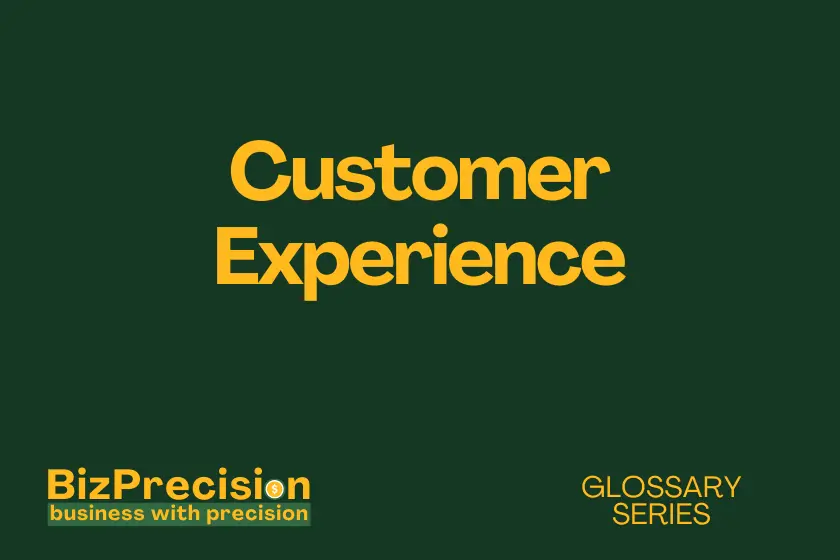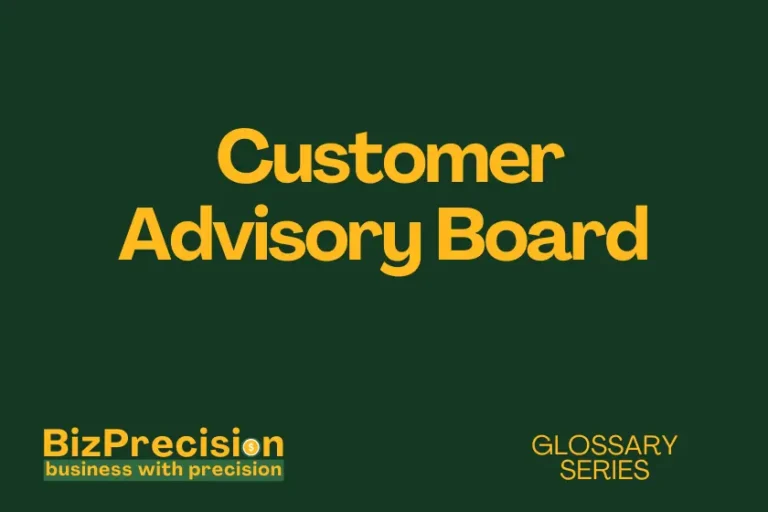What is Customer Experience? A Comprehensive Guide
Customer experience (CX) is the sum of all interactions a customer has with a brand across their entire journey, from first contact to long-term loyalty.
Customer experience shapes how people feel about your brand. It includes every touchpoint, from browsing your website to getting support after a purchase. According to PWC’s Future of CX report, 73% of customers point to experience as a key factor in their purchasing decisions.
Let’s explore how great customer experience drives business success and keeps customers coming back.
Understanding Customer Experience
The Customer Journey Map
A customer journey map shows all the ways customers interact with your brand. Think of it as a road trip plan for your customers. Each stage needs careful planning to ensure a smooth ride.
The awareness stage starts when customers first hear about your brand. They might see an ad or get a friend’s recommendation. A recent study by Nielsen found that 92% of customers trust recommendations from friends over other forms of advertising.
During the consideration stage, customers compare options. They read reviews, check prices, and weigh choices. Smart brands make this easy by sharing clear product info and honest customer feedback.
The purchase stage is where customers decide to buy. This step must be simple and stress-free. Amazon’s one-click ordering shows how smooth this can be.
Post-purchase support keeps customers happy after they buy. Quick responses to problems build trust. Data from Zendesk shows that 89% of customers stay loyal to brands that resolve issues quickly.
The loyalty stage turns happy customers into brand champions. These fans bring in new customers through word-of-mouth. Research by Bain & Company reveals loyal customers spend 67% more than new ones.
Key Components of Customer Experience
Digital touchpoints matter more than ever in today’s world. Your website, mobile app, and social media must work perfectly. Google found that 53% of mobile users leave sites that take over 3 seconds to load.
Physical interactions still count, even in our digital age. Store layout, staff behavior, and product packaging shape how customers feel. Apple Stores show how physical spaces can create amazing experiences.
Product quality forms the foundation of customer experience. The best service can’t fix a bad product. A study by American Express found that 78% of customers have backed out of a purchase due to poor quality.
Service delivery keeps customers happy when things go wrong. Fast, friendly help turns problems into opportunities. Research from Harvard Business Review shows that customers who have issues resolved quickly often become more loyal than those who never had problems.
Brand perception ties everything together. It’s how customers feel about your company overall. Strong brands like Disney focus on every detail to build trust and loyalty.
Measuring Customer Experience
Net Promoter Score (NPS) measures customer loyalty. It asks one simple question: “How likely are you to recommend us?” Scores range from -100 to +100. Companies like Apple often score above 70.
Customer Satisfaction Score (CSAT) tracks happiness with specific interactions. It uses simple surveys right after service moments. Higher scores mean better experiences.
Customer Effort Score (CES) shows how easy you make things for customers. Lower scores are better here. Gartner research shows that low effort leads to higher loyalty.
Customer churn rate reveals how many customers leave. High churn often points to experience problems. Reducing churn by 5% can boost profits by 25% to 95%, according to Bain & Company.
Customer lifetime value shows the total worth of a customer relationship. Better experiences lead to higher lifetime values. Starbucks’ rewards program shows how good experiences build lasting value.
Building an Effective CX Strategy
Customer Experience Management
Data collection methods must be thorough yet unintrusive. Smart surveys, website analytics, and social listening help gather insights. Companies using multiple data sources see 50% higher customer satisfaction.
Analysis tools help make sense of customer data. Modern CX platforms combine AI and human insight. They spot trends and problems before they grow.
Implementation frameworks turn insights into action. The best frameworks focus on quick wins first. Then they build toward bigger changes.
Performance monitoring keeps everything on track. Regular checks help spot problems early. Monthly reviews help teams stay focused on customer needs.
Technology and CX
CRM systems form the backbone of modern CX. They track all customer interactions in one place. Salesforce research shows CRM can boost sales by 29%.
AI and automation make personal service scalable. Chatbots handle simple questions fast. This leaves humans free for complex issues.
Personalization tools help tailor experiences. They use data to show relevant content and offers. Research shows personalized experiences can lift sales by 20%.
Omnichannel integration connects all customer touchpoints. Customers can start on phone and finish on web. Harvard Business Review found omnichannel customers spend 10% more online.
Employee Role in CX
Training programs give staff the skills they need. Regular training keeps service standards high. Companies that train well see 18% higher customer satisfaction.
Employee engagement directly affects customer experience. Happy employees create happy customers. Gallup found engaged employees create 10% higher customer ratings.
Customer service standards guide daily work. Clear guidelines help staff make good choices. The best standards focus on solving problems, not following rules.
Internal communication keeps everyone aligned. Regular updates help teams work together. When teams share info well, service improves by 25%.
Optimizing Customer Experience
Best Practices
Personalization strategies must focus on value, not just sales. Smart companies use data to help customers, not just sell more. Netflix saves $1 billion yearly through personalized recommendations.
Response time management keeps customers happy. Fast answers prevent frustration. Research shows 60% of customers won’t wait more than 2 minutes for help.
Feedback implementation shows customers you listen. Acting on feedback builds trust. Companies that use feedback well see 55% higher retention.
Continuous improvement keeps experiences fresh. Regular updates prevent staleness. Small changes often beat big overhauls.
Common Challenges
Data integration often causes headaches. Different systems must work together. Companies with unified data see 23% better customer satisfaction.
Channel consistency keeps experiences smooth. All touchpoints should feel the same. Inconsistent experiences drive away 73% of customers.
Resource allocation requires careful planning. Smart spending beats big budgets. Focus resources where they impact customers most.
Change management helps teams adapt. New tools need proper training. Companies that manage change well see 30% better results.
Future Trends
AI-driven experiences will grow more common. Smart systems will predict customer needs. Gartner predicts 85% of service will use AI by 2025.
Voice of Customer programs will expand. More companies will listen systematically. Direct customer input will shape more decisions.
Predictive analytics will guide service choices. Data will show what customers need next. Companies using prediction see 15% higher satisfaction.
Emerging technologies will create new opportunities. AR and VR will change how we serve customers. The key is choosing tech that truly helps customers.
Conclusion
Great customer experience drives business success. It builds loyalty, boosts sales, and creates lasting relationships. Start improving your CX today by mapping your customer journey and measuring what matters.
Take action now. Pick one area to improve first. Use data to track results. Remember, small improvements add up to big wins in customer experience.







